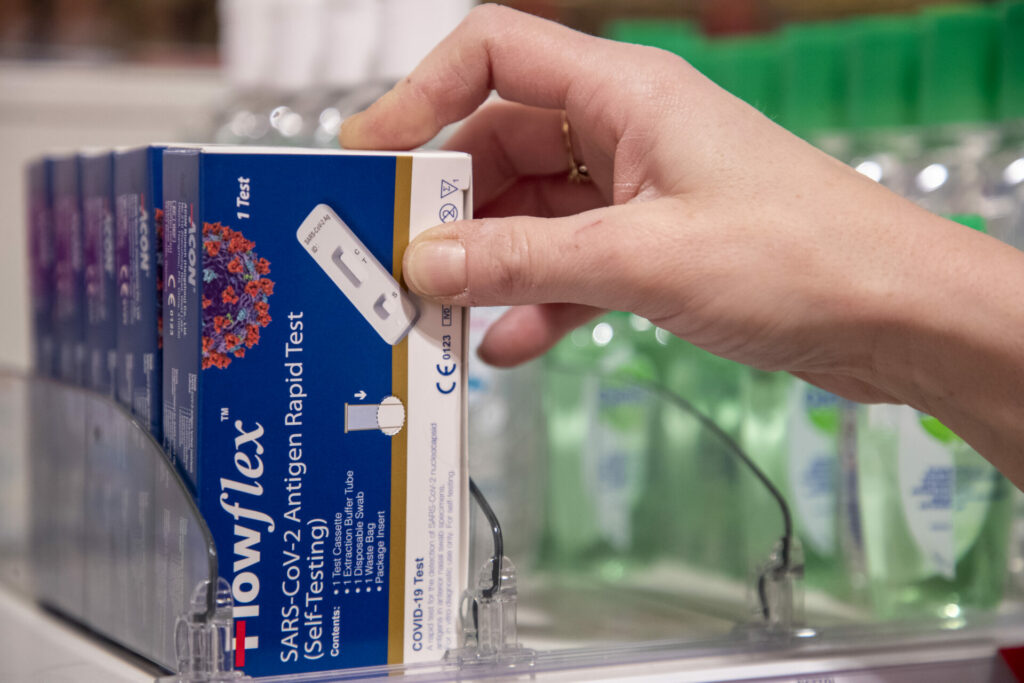An average of 1,605 new daily infections were identified between 3 and 9 September, up by 8% from the previous seven days, according to figures published by the Sciensano Institute of Public Health on Tuesday morning.
The average number of tests taken per day also increased slightly since Friday last week to 8,500, while the positivity rate remained stable at 20%, meaning one in five tests has a positive result.
Omicron BA.5 remains the dominant strain, accounting for 93.4% of all infections. The strain is said to be no more infectious than the other Omicron subvariants but is effective at circumventing people’s accumulated immunity.
An average of five Covid-19 patients died each day in the same week — a decrease of 15% since last week. The total number of deaths in Belgium since the start of the pandemic is 32,605.
This includes people who died of another cause but who were infected, meaning it may be an overestimate of Covid-19 deaths.
Situation in Belgian hospitals
In the last seven days, an average of 57.3 patients suffering from Covid-19 were admitted to hospitals each day — a 2% decrease from the previous seven days. This figure only includes the number of people hospitalised because of the virus.

Credit: Belga
Meanwhile, a total of 709 people in Belgian hospitals were infected with the virus on Monday, 60 fewer than on Friday last week. The number of Covid-19 patients being treated in intensive care increased slightly since last week to 68.
This number does include patients admitted with a different condition who later tested positive.
Reproduction rate, incidence, and total vaccinations
The reproduction rate (the average number of people that contract the virus from each infected person) sits at 1. When it is above 1, it means that the epidemic is spreading more rapidly in Belgium. The incidence (the number of new cases per 100,000 inhabitants) has decreased to 187 over the past 14 days.
As of Saturday, almost 7.2 million people have now received a booster dose of the vaccine, representing 76% of over-18s and 62% of the entire population, while around 635,000 people have had a second booster dose – equivalent to 5% of the total population. This group mainly consists of people aged over 75 at the moment.
Belgium's regions will soon start inviting a broader group of the general population for additional booster shots from the end of September onwards. Find out why this latest jab is important.

